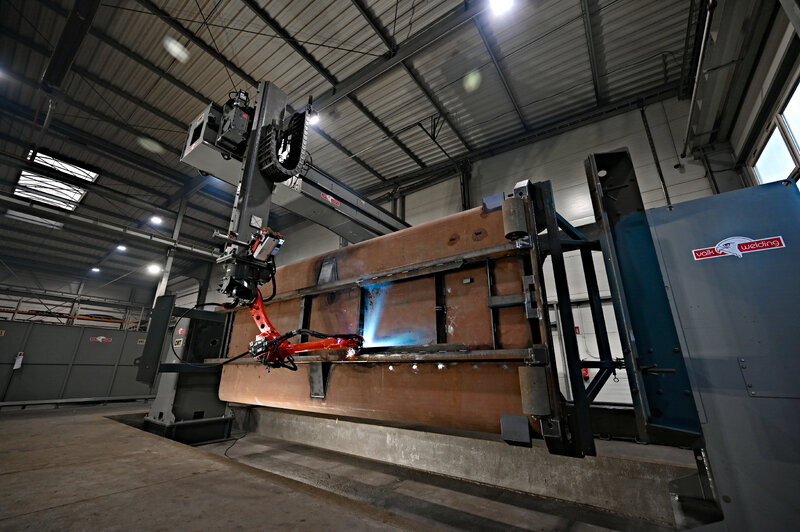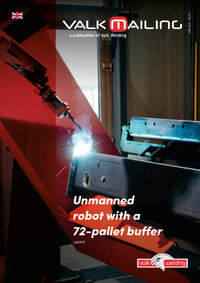Container Modul employs around 170 people and supplies its products mainly to the Scandinavian market and, to a lesser extent, to Germany and Switzerland. "Our priority is to tailor our products to the individual customer needs", says Katarzyna Okuń, Director of the Ryman plant. "Our products are characterised by their high volume and low tare weight. We achieve low weight by using high strength steel with high abrasion resistance and hardness." The robot has to meet these requirements by automatically correcting the torch movement trajectory (thanks to the adjustment of dimensional tolerances of large products) and welding difficult-to-weld materials, while also allowing for easy and fast programming of new products.








